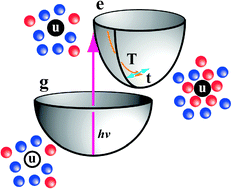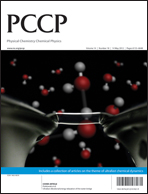Recent ultrafast experiments on liquids have made clear that it is possible to go beyond light scattering techniques such as optical Kerr spectroscopy that look at the dynamics of a liquid as a whole. It is now possible to measure something far more conceptually manageable: how that liquid dynamics (and that light scattering) can be modified by electronically exciting a solute. Resonant-pump polarizability-response spectra (RP-PORS) in particular, seem to show that different solvents respond in noticeably distinct ways to such solute perturbations. This paper is a theoretical attempt at understanding the kinds of molecular information that can be revealed by experiments of this sort. After developing the general classical statistical mechanical linear response theory for these spectra, we show that the experimentally interesting limit of long solute-pump/solvent-probe delays corresponds to measuring the differences in 4-wave-mixing spectra between solutions with equilibrated ground- and excited-state solutes—meaning that the spectra are essentially probes of how changing liquid structure affects intermolecular liquid vibrations and librations. We examine the spectra in this limit for the special case of an atomic solute dissolved in an atomic-liquid mixture, a preferential solvation problem, and show that, as with the experimental spectra, different solvents can lead to spectra with different magnitudes and even different signs. Our molecular-level analysis of these results points out that solvents can also differ in how local a portion of the solvent dynamics is accessed by this spectroscopy.

You have access to this article
 Please wait while we load your content...
Something went wrong. Try again?
Please wait while we load your content...
Something went wrong. Try again?


 Please wait while we load your content...
Please wait while we load your content...